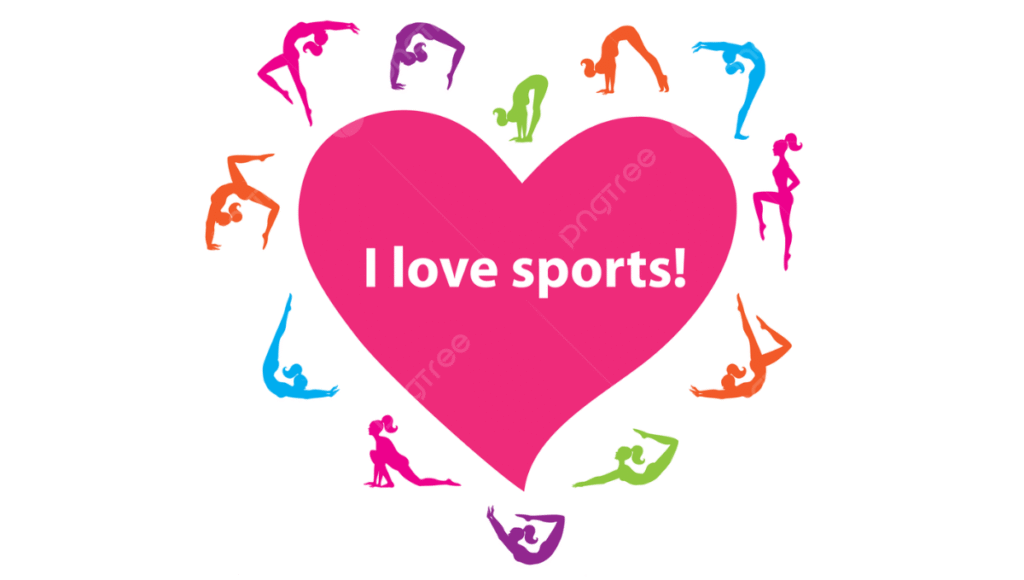
How Intense Sports Shape Young Hearts A Double-Edged Sword for the Heart
When we think about children and teenagers playing sports, the first image that comes to mind is of health, vitality, and boundless energy. Parents and coaches alike encourage young athletes to push their limits, believing that vigorous physical activity always strengthens the body and sharpens the mind. While this is true in many ways, new research suggests that the story is more complex, especially when it comes to the heart.
A collaborative study by the Technical University of Munich and the University of Eastern Finland has shed light on how adolescent athletes’ hearts and blood vessels adapt to high levels of endurance training. The findings, published in the American Journal of Physiology-Heart and Circulatory Physiology, reveal that while teenagers benefit from improved fitness and stamina, their cardiovascular system undergoes surprising and sometimes concerning changes.
The Study and Its Findings
The research followed 142 adolescent athletes over the course of one year as part of the Munich Cardiovascular Adaptation in Young Athletes (MuCAYA) project. These young sports enthusiasts underwent detailed testing that included bicycle ergometer fitness assessments, echocardiography scans to study the heart, and vascular examinations to evaluate arterial stiffness and blood pressure.
As expected, the athletes showed improvements in aerobic capacity and overall endurance over the year. However, this boost in fitness came with certain cardiovascular adaptations that are usually associated with potential long-term risks. Their hearts grew larger—a phenomenon known as ventricular hypertrophy—and they exhibited higher central blood pressure, increased arterial stiffness, and thickening of the carotid artery walls.
These adaptations might help the body cope with intensive training in the short term, but they are not always considered beneficial from a long-term health perspective. For example, excessive enlargement of the heart muscle is known to increase the risk of heart failure later in life. The study also emphasized that these findings were consistent even after adjusting for age, sex, and body mass index, which makes the results even more significant.
Why This Matters
For years, medical experts have celebrated the benefits of sports for young people—stronger muscles, healthier lungs, improved mental health, and resilience against lifestyle-related diseases. Yet, this research reminds us that “more” is not always “better.”
According to Dr. Lisa Baumgartner, the study’s lead author, while young athletes gain endurance and fitness, their cardiovascular system adapts in complex ways that are not yet fully understood. These adaptations could have implications for blood pressure regulation, vascular health, and heart structure as they grow into adulthood.
Professor Renate Oberhoffer, Chair of Preventive Paediatrics at the Technical University of Munich, stressd that this makes regular medical monitoring of young athletes essential. Intense physical training should always be balanced with proper supervision to ensure that its benefits do not come at the expense of long-term health.
Lessons from Past Research
Interestingly, these new findings echo earlier studies conducted among British non-athlete youth, where moderate-to-vigorous physical activity was also linked to slight increases in heart size. While such changes may not always be harmful, they underline the fact that the adolescent cardiovascular system is still developing and may respond differently to stress compared to adults.
Senior author Andrew Agbaje from the University of Eastern Finland pointed out that even elite adult athletes, who often engage in decades of strenuous training, have shown higher risks of cardiovascular problems, including sudden cardiac death. This makes it critical to understand how these early adaptations in teenagers might influence their future health trajectory.
A Call for Balance
Sports remain one of the most beneficial pursuits for children and adolescents. They promote teamwork, discipline, resilience, and joy—all of which are invaluable in life. However, as this study highlights, there is a fine balance between encouraging passion and pushing boundaries too far.
Moderate-to-vigorous activity continues to be recommended for young people, but with an emphasis on moderation, rest, and medical check-ups. Parents, coaches, and healthcare providers must work together to ensure that young athletes reap all the benefits of their training while safeguarding their heart health for the future.
Conclusion
The heart of a young athlete is both strong and vulnerable. Intense training may fuel endurance and physical achievements, but it also sets off changes in the cardiovascular system that deserve close attention. By combining enthusiasm for sports with medical awareness and preventive care, we can ensure that today’s budding athletes grow into tomorrow’s healthy adults.
Disclaimer: This article is for informational purposes only and is based on findings published by the Technical University of Munich and the University of Eastern Finland. It should not replace professional medical advice. Parents and young athletes are encouraged to consult healthcare providers for personalized guidance.




